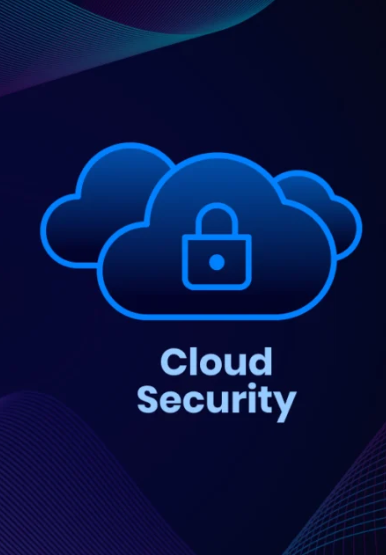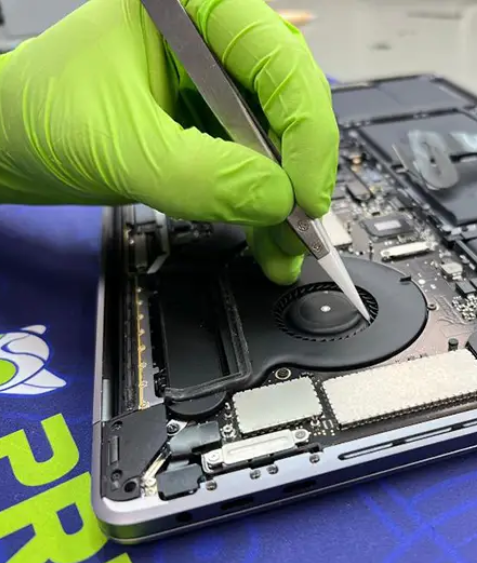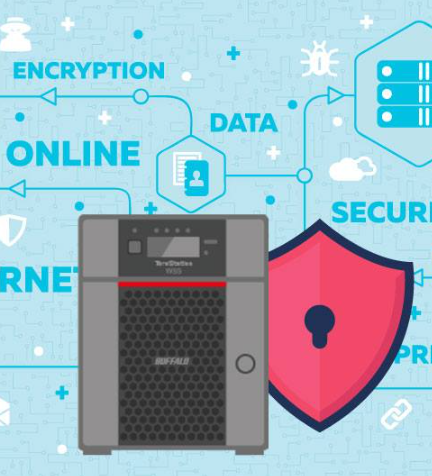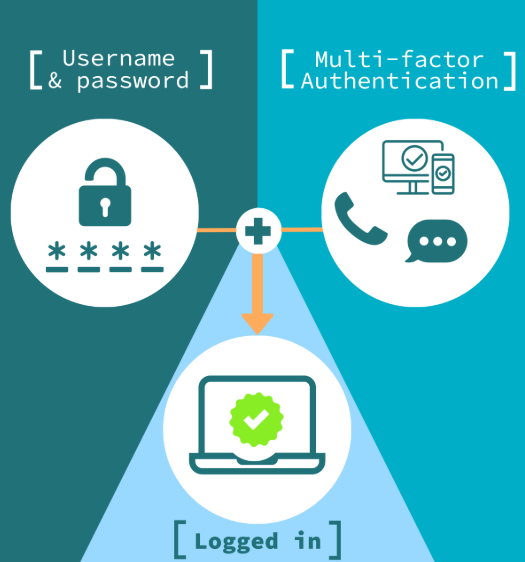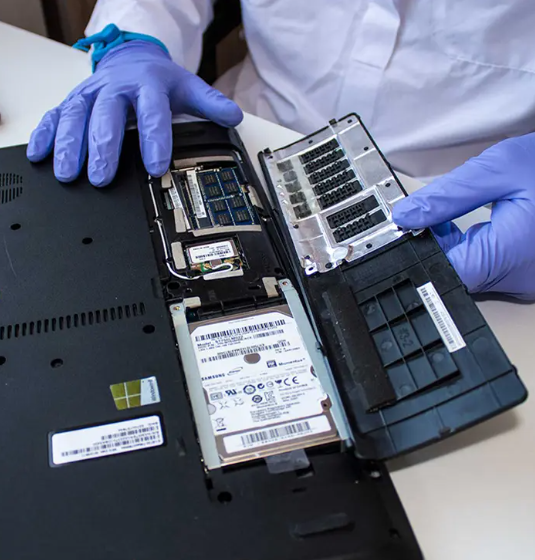
Imagine waking up to find your company’s systems locked by ransomware, your servers down due to a power surge, or your office inaccessible after a natural disaster. These aren’t just worst-case scenarios—they’re real risks that can cripple a business in minutes. Yet, many companies remain unprepared, leaving them vulnerable to financial losses, reputational damage, and operational paralysis.
The difference between businesses that survive disruptions and those that don’t often comes down to one critical factor: a strong IT strategy. Technology isn’t just about efficiency anymore—it’s the lifeline that keeps operations running when unexpected challenges arise.
Prevention: The First Step in Business Continuity
A reactive approach to IT leaves businesses playing catch-up after a crisis. Instead, proactive planning minimizes risks before they escalate. Key measures include:
- Regular system maintenance – Keeping software updated and hardware functioning optimally prevents avoidable failures.
- Network monitoring – Detecting unusual activity early can stop cyber threats before they spread.
- Redundant systems – Backup servers and failover networks ensure operations continue even if primary systems fail.
- Cloud backups – Storing critical data offsite protects it from physical disasters like fires or floods.
Without these safeguards, businesses risk prolonged downtime, which can be devastating for revenue and customer trust.
Cybersecurity: More Than Just Antivirus Software
Cyber threats grow more sophisticated every year, with phishing, ransomware, and data breaches targeting businesses of all sizes. A strong defense combines:
- Firewalls and encryption – Blocking unauthorized access to sensitive data.
- Multi-factor authentication (MFA) – Adding an extra layer of security beyond passwords.
- Employee training – Human error is a leading cause of breaches; educating staff reduces risks.
- Incident response plans – Knowing exactly how to react during an attack minimizes damage and speeds up recovery.
Companies that treat cybersecurity as an afterthought often pay the price in costly breaches and operational halts.
Disaster Recovery: Getting Back on Track Faster
Even with the best precautions, disasters happen. A well-structured recovery plan ensures minimal downtime by:
- Prioritizing critical systems – Identifying which operations must be restored first.
- Cloud-based recovery solutions – Allowing quick access to data and applications from anywhere.
- Regular testing – Simulating disasters exposes weaknesses in the plan before a real crisis hits.
Businesses that skip disaster recovery planning often face extended outages, while those with a clear strategy resume operations in hours—not days or weeks.
Why Outsourcing IT Makes Sense
Many small and mid-sized businesses lack the resources for a full in-house IT team. Managed IT services provide:
- 24/7 monitoring – Detecting and resolving issues before they disrupt workflows.
- Expertise on demand – Access to specialists in cybersecurity, cloud computing, and compliance.
- Cost efficiency – Predictable monthly costs instead of unexpected emergency repairs.
Final Thoughts
In today’s digital landscape, business continuity depends on robust IT infrastructure. Companies that invest in preventive measures, cybersecurity, and disaster recovery not only survive disruptions—they gain a competitive edge.
The best time to prepare for a crisis is before it happens. By partnering with IT professionals and implementing a continuity plan, businesses can ensure they’re always ready for the unexpected.

























